wildlife photography 101
There is nothing like looking through photos from a holiday spent out in nature. The problem is they never seem to capture that moment. Werner le Roux has spent the last decade working as a nature guide and game ranger in South Africa. Apart from his guiding qualification he also studied photography. His main focus is macro and wildlife photography – his style giving a different view of the world around us.
Werner took time out from his work at Bushmans Kloof Wilderness Reserve & Wellness Retreat to share his tips to capture amazing photos of nature and wildlife.
Patience
If there is one thing that I’ve learnt from spending time in nature, it is patience.
Werner le roux
We are so busy in our daily lives that we forget nature runs on a different clock. We drag our hurried lives into the calm of nature and expect immediate results when trying to get ‘the shot’. Nature doesn’t work that way. If something is running, it either means it is being chased or it is chasing something else. Relax and enjoy the scenery before even touching the camera. Take in the sights, sounds and smells. Very often you’ll notice something you wouldn’t otherwise.

Know your subject
Get to know your subject. Animals tend to be creatures of habit. Knowing their behaviour will give you that bit of an edge over the photographer sitting one car over at the watering hole. You don’t have to become an animal psychologist to do this. Start by watching animals in your area. Go down to your local park and simply watch how dogs interact with each other. See how birds react to different sounds or movements close to them. Very soon you’ll be able to pick out these almost universal “signs’ given off by animals interacting with their environment. It might be a simple twitch of the tail, a flick of the ear, a little grunt or simply how they stand. Once you understand this language you can almost anticipate what will happen next and be ready for the action.
Learn your equipment
Get to know your equipment. Patience is a very important part of nature photography. That does not mean that things happen at a snail’s pace. When things eventually happen it tends to happen very quickly. The last thing you want to do is fiddle with the camera to get the right settings. Practice changing the most common settings (eg Shutter speed/ Aperture) or pressing the right buttons with your eyes closed. Once you have mastered this, you can focus on taking the shot instead of wasting time looking at the camera.
Set the distance
Get as close as possible, but stay far away. That sounds a little confusing, right? Well, there are two parts to this bit of advice. The first part has to do with your equipment. Using a good zoom lens will allow you to get in close to the subject without getting up close. A lens that zooms to 400mm will do the job in most cases. The second is about safety. You don’t like it when people come into your personal space. The same goes for the animal kingdom. They tend to run away or become aggressive when we get too close. Unless you are with a qualified guide, stay those extra two steps back. Animals will be more relaxed that way and go about their way. Remember that tip about getting to know your subject?
Position perfect
To make your photos stand out you often have to sit down. By simply changing your point of view or angle the image can be completely different. Try zooming in to fill the frame or zoom out to show more of the landscape. Play around with different settings on the camera. High capacity memory cards and screens on the back of the camera has made it very easy to experiment giving instant results.
Respect
The last bit of advice I want to give is… Respect nature. You probably take wildlife and nature photos because you love animals or nature. Never disturb the animals or cause any harm to the environment just to get ‘the shot’. Social media is flooded with images every day by anyone with a camera these days. The self-satisfaction of being popular on the web for a day or two isn’t worth the damage being done. Please don’t become one of those humans that is glued to the viewfinder waiting for that perfect shot forgetting about the world around them.
Wildlife and nature photography can be one of the most rewarding genres of photography if you learn to embrace the whole environment around you. Remember to play around with different camera settings or techniques and most of all enjoy it. I’ll leave you with this thought…Take pictures and leave only footprints.
For more photography by Werner, visit werncroimages.com. To purchase prints, please visit society6.






